Shea butter is often used in moisturizers, creams, lotions, and other emulsions for the skin and hair. It is rich in fats that make it an excellent emollient and skin moisturizing agent. Experiments also showed it has anti-inflammatory and antioxidant properties. These can help reduce inflammatory skin diseases and the damage the skin and hair have undergone due to free radicals.
It also contains vitamins A and E, which not only keep the skin in optimal health but also protect it from being damaged by the sun’s harmful ultraviolet radiation. These components give shea butter a mild sun protection factor (SPF). Vitamin E also soothes dry skin and improves the skin’s elasticity, making this butter a good anti-aging agent (2).
Now, when it comes to the types of shea butter available in the market, there are a handful of varieties. Raw or pure shea butter is the most natural form that is usually yellow or green. It may contain a few impurities as it has not been processed at all and is sold right after extraction from the nuts. This raw version can be processed in different ways to yield different varieties of shea butter. We shall discuss these below.


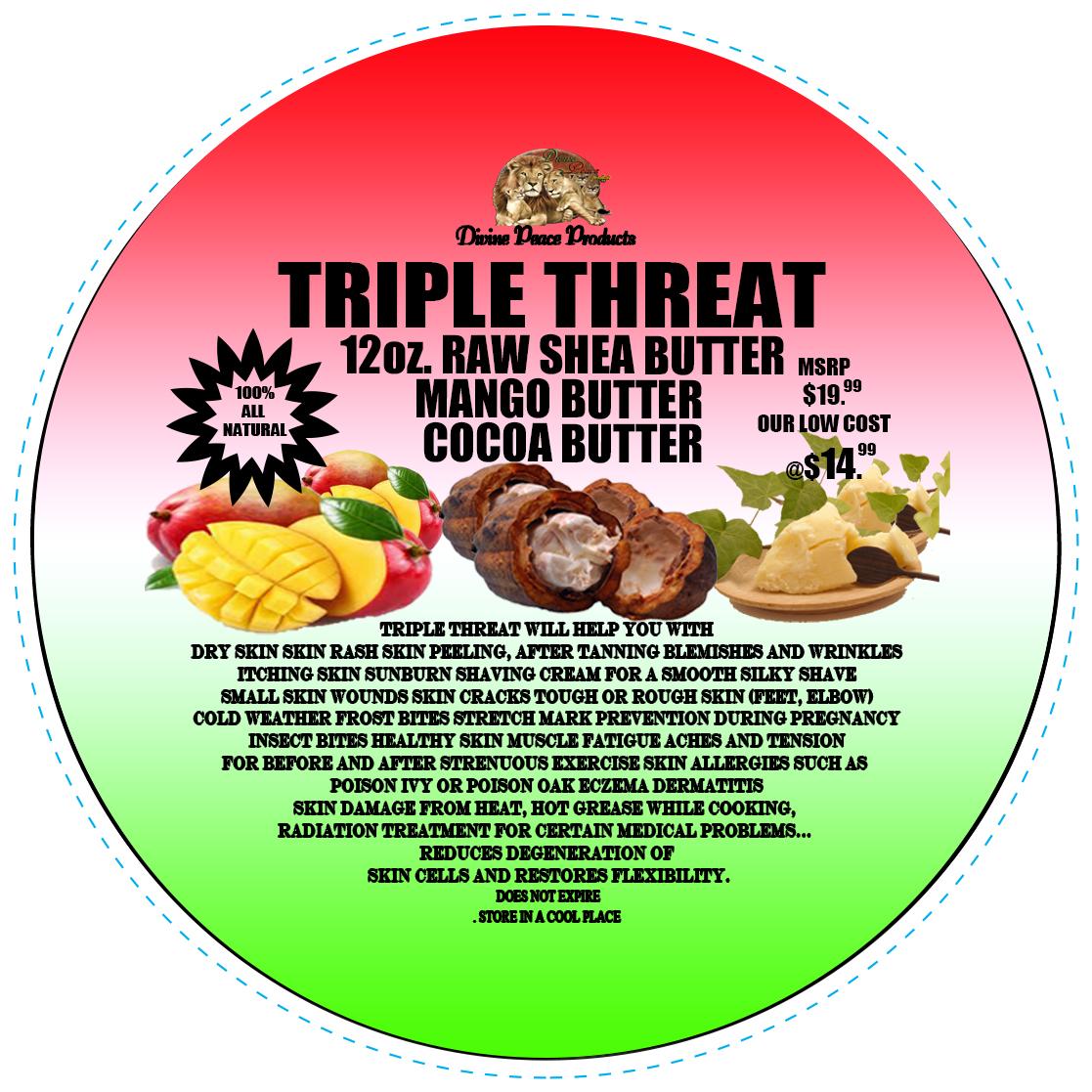
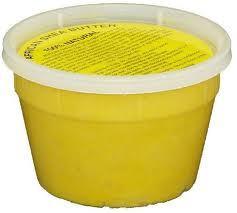
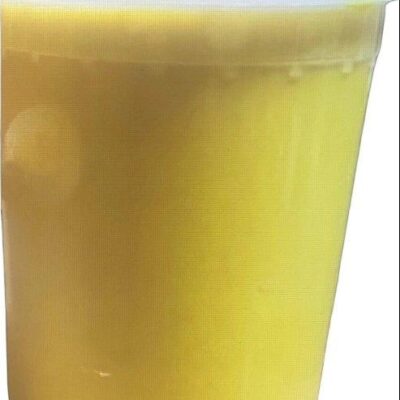
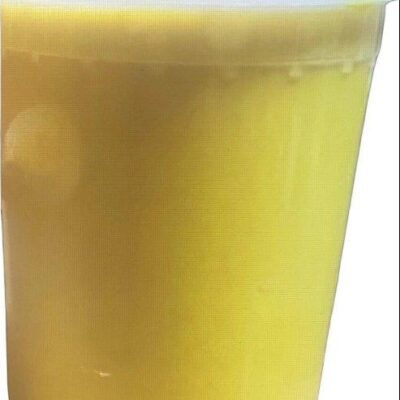
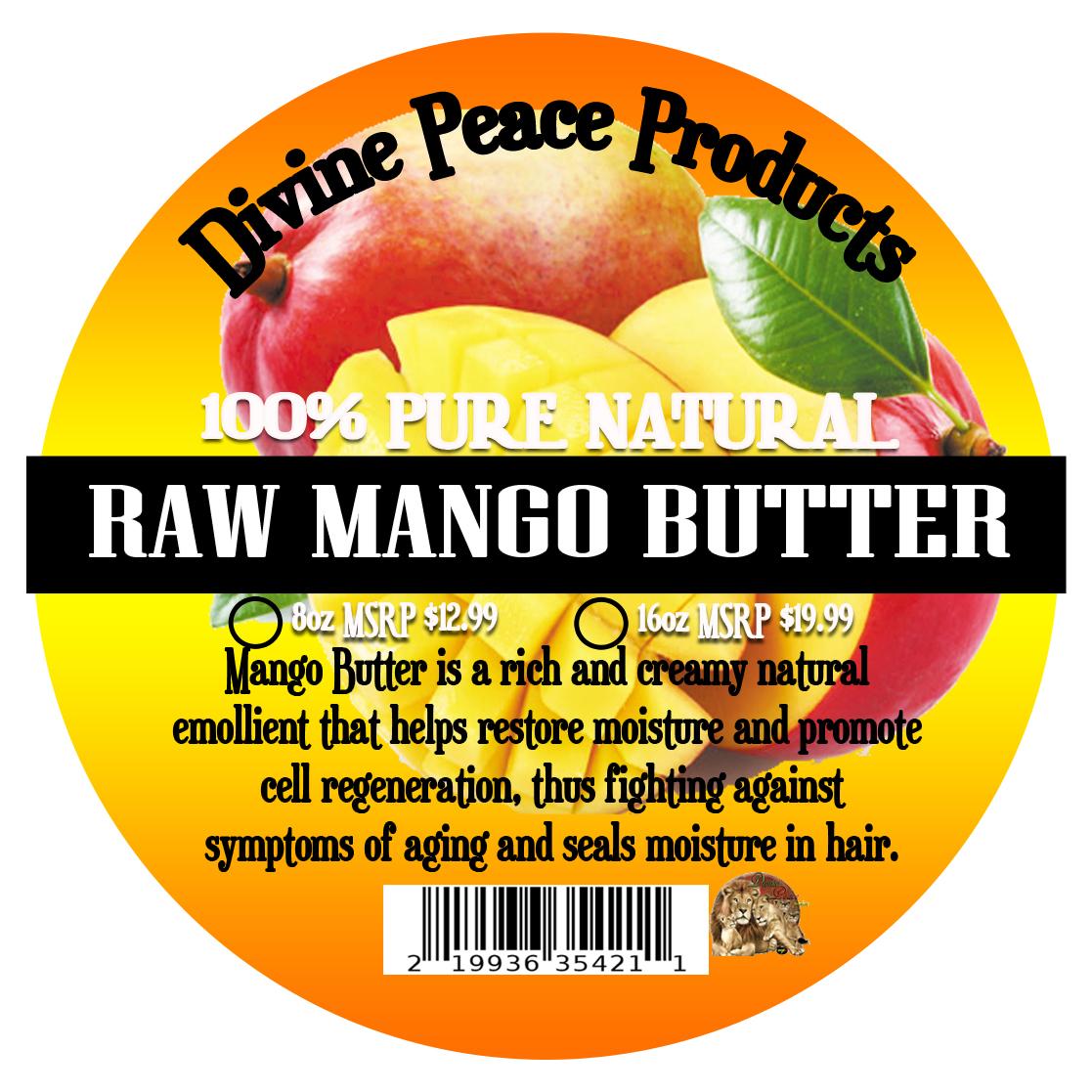
Reviews
There are no reviews yet.